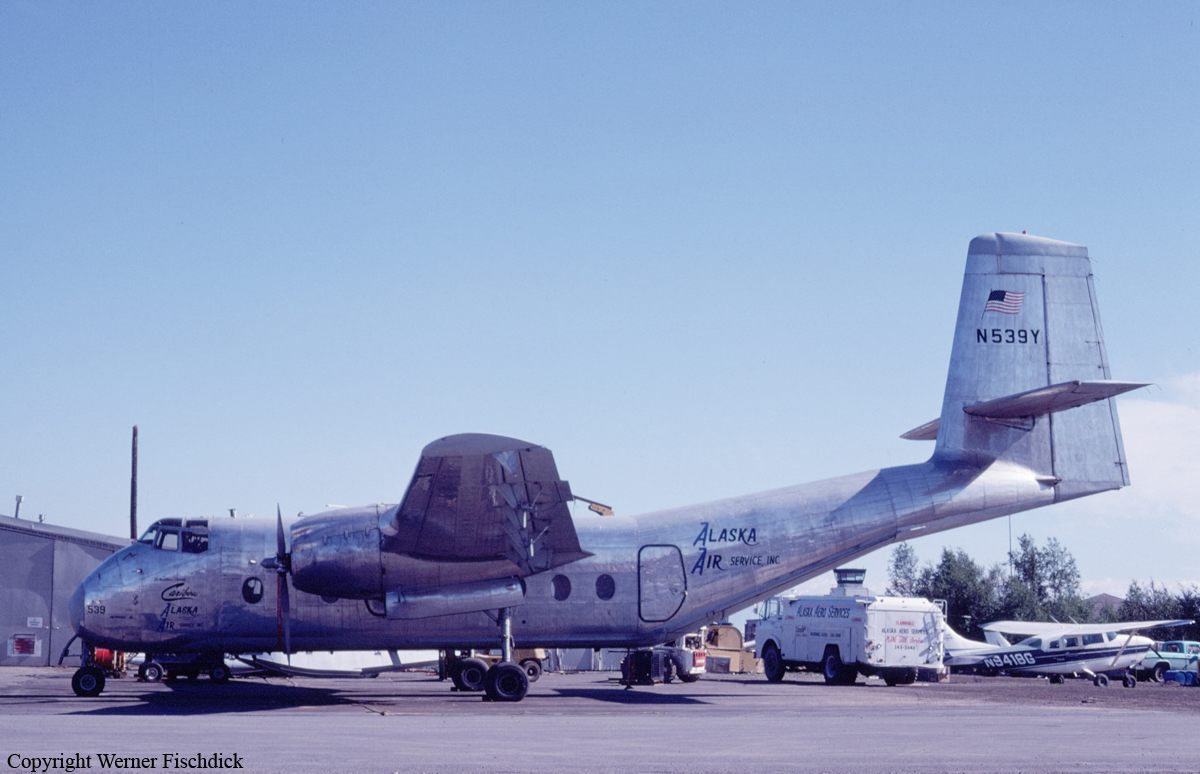Crash of a Partenavia P.68C in Goudeau: 1 killed
Date & Time:
May 1, 1986 at 0820 LT
Registration:
N3832E
Survivors:
No
Schedule:
Baton Rouge - Bunkie
MSN:
270
YOM:
1983
Crew on board:
1
Crew fatalities:
Pax on board:
0
Pax fatalities:
Other fatalities:
Total fatalities:
1
Circumstances:
The pilot received a weather briefing indicating IMC conditions existed at the point of departure and at reporting stations near the point of the first intended landing (there was no reporting stations at the airport of intended landing). Weather conditions changed to VMC at the departure point and the pilot was cleared for takeoff on a special VFR departure. The pilot continued VFR flight for about 55 statute miles and collided with a 500 foot radio antenna at a point about 350 feet above the ground. The antenna was on a direct line between the points of departure and intended landing. The pilot reportedly was navigating by loran radio. Witnesses reported the upper half of the impacted antenna was obscured by fog when the accident occurred. Witnesses reported the visibility to be about one mile. The pilot, sole on board, wa killed.
Probable cause:
Occurrence #1: in flight encounter with weather
Phase of operation: cruise - normal
Findings
1. (c) vfr flight into imc - intentional - pilot in command
2. (f) weather condition - fog
3. (f) light condition - daylight
----------
Occurrence #2: in flight collision with object
Phase of operation: cruise - normal
Findings
4. (f) object - electrical tower (marked)
5. (f) object - guy wire
----------
Occurrence #3: in flight collision with terrain/water
Phase of operation: descent - uncontrolled
Findings
6. (f) terrain condition - open field
Phase of operation: cruise - normal
Findings
1. (c) vfr flight into imc - intentional - pilot in command
2. (f) weather condition - fog
3. (f) light condition - daylight
----------
Occurrence #2: in flight collision with object
Phase of operation: cruise - normal
Findings
4. (f) object - electrical tower (marked)
5. (f) object - guy wire
----------
Occurrence #3: in flight collision with terrain/water
Phase of operation: descent - uncontrolled
Findings
6. (f) terrain condition - open field
Final Report:




